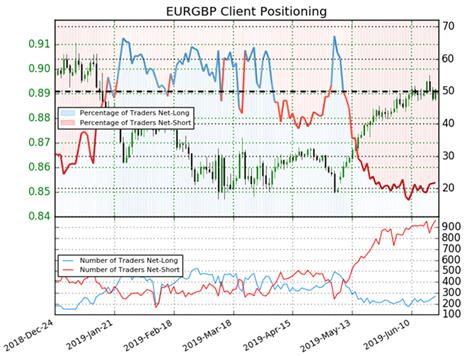Sentimental Analysis
Sentiment analysis on Forex can be very much useful for all types of traders in collectively understanding price movement and behavior as well as what others think of it. While analysis that focuses on the fundamental and technical aspects is extremely helpful in its own right, sentiment analysis adds a deeper look into the numbers and allows us to see the trader’s view of the market.
In this article, we will briefly look into what is sentiment analysis, the sentiment analysis algorithm, as well as how to do sentiment analysis in trading.
What is Market Sentiment?
In layman’s terms, market sentiment is described as how traders and investors feel about the situation a specific financial instrument is in and the market.
Market sentiment can be categorized into two states, is a bullish sentiment or a bearish sentiment.
A sentiment leaning towards a bullish sentiment indicates that traders and investors have a more positive consensus on the market.
In contrast, a sentiment leaning towards a bearish sentiment indicates that traders and investors have a more negative consensus on the market.
Market sentiment can be helpful when making decisions as it gives traders a layer of insight that technical and fundamental analysis may fail to provide.
Sentiment Indicators
Sentiment indicators are graphical representations gathered from trader polls that show the division of trader sentiment towards the market. Information can also be gathered when referring to how many traders have invested in a particular financial instrument.
Another beneficial indicator for commodity markets has published a report called The Commitment of Traders (COC) Report that is published by the Commodity Futures Trading Commission (CTFC), is gathered from traders and can better give a different angle of perspective into trader commitment.
Below, we will briefly analyze how sentiment indicators look like and how they are used in sentiment analysis.
How does Forex Sentiment Analysis work?
To better illustrate sentiment analysis on Forex, we looked into a real-life Forex scenario back in 2016. The currency pair GBP/USD received negative or bearish sentiment after Britain voted to break away the European Union. It was mostly bullish afterward, but then later went back to bullish in 2018, dropping the price trend lower in 2018 before it jumped back up in 2019.
Another quick case of net short sentiment can be observed in the EUR/GBP price chart below. As you can see, 21.9% of traders entered long positions keeping the traders’ short-to-long ratio at 3.58 to 1.

What this primarily all suggests is that there doesn’t seem to be many traders feeling like they ought to be keeping the trend going up any longer due to current events and economic news, and hence, this might mean a downtrend within the near future. Adversely, a lower price movement may be a signal for sentiment traders to enter short within the market.




